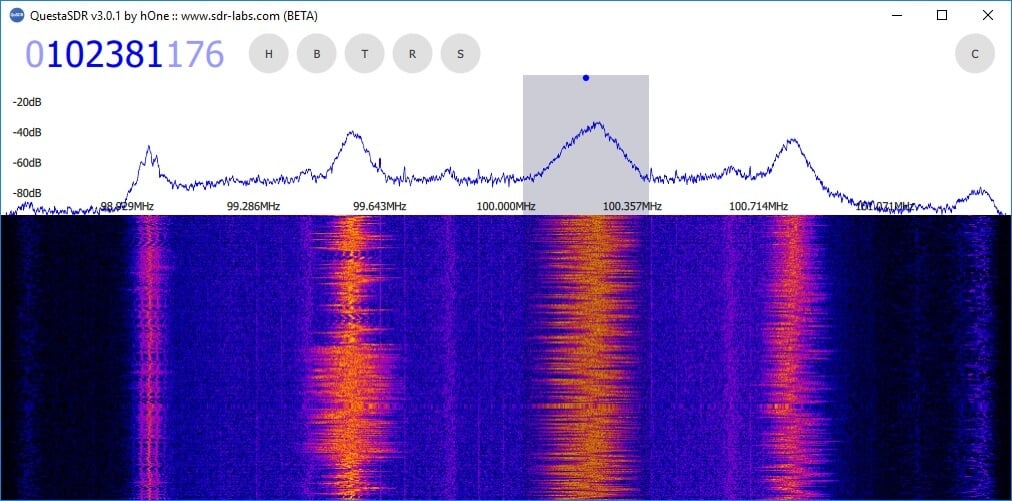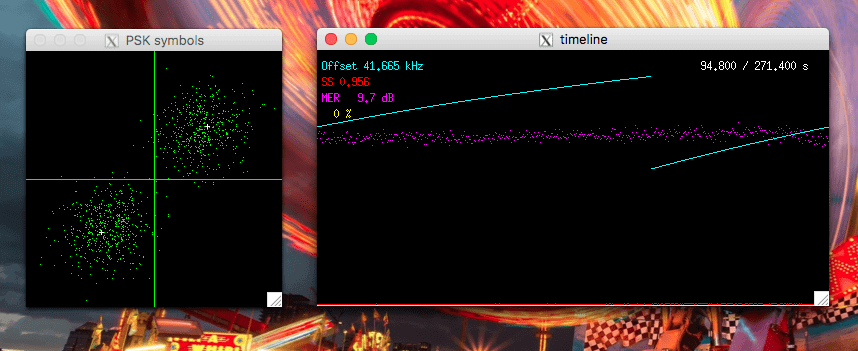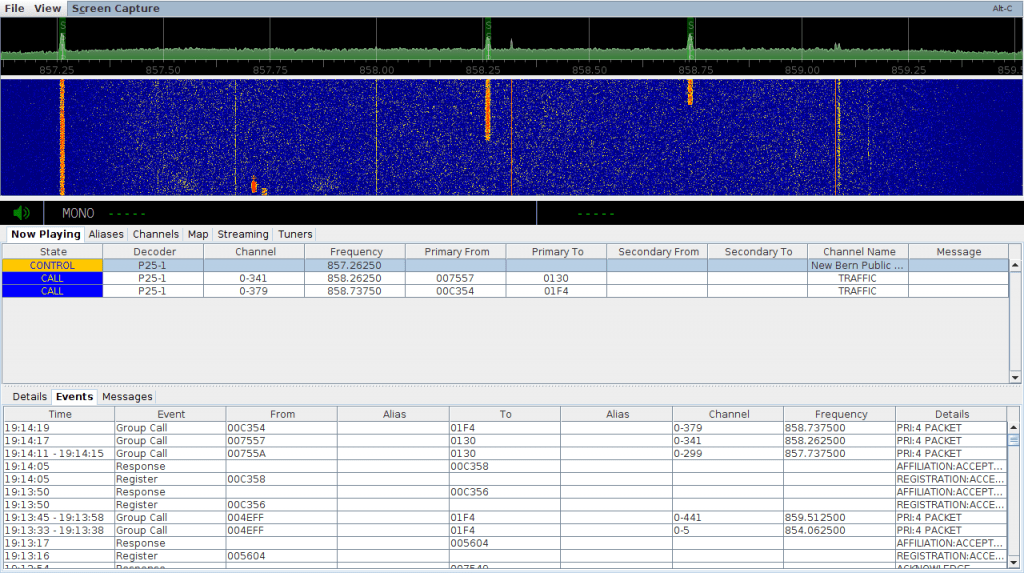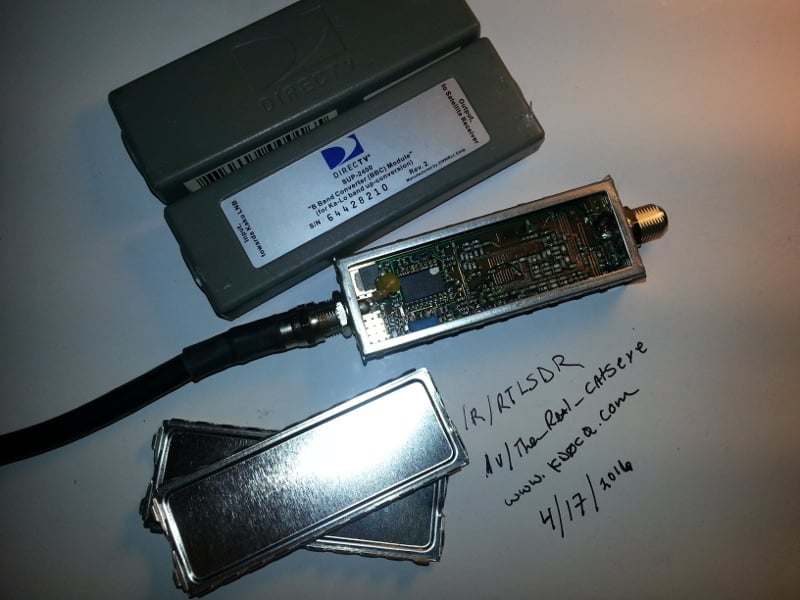QuestaSDR (Formerly UnoSDR) Updated: Now Supports Airspy and many new Features
Back in March Vi Vitaliy wrote in to let us know about an RTL-SDR compatible SDR program called UnoSDR that he had been working on. Vi now writes that the software has been updated, and the name has been changed to QuestaSDR to avoid confusion with SDRUno – SDRplays official software package. Vi writes:
In new version I added support AirSpy r2, AirSpy mini, Perfomance Window, Record AF, record and play iq raw data, frequency bookmarks, waterfall color scheme, change fft size, fps … calibrate options, support if converter.
The software is still in beta, and Vi would be interested in hearing any feedback or bug reports if you have any.
QuestaSDR can be downloaded from sdr-labs.com.



